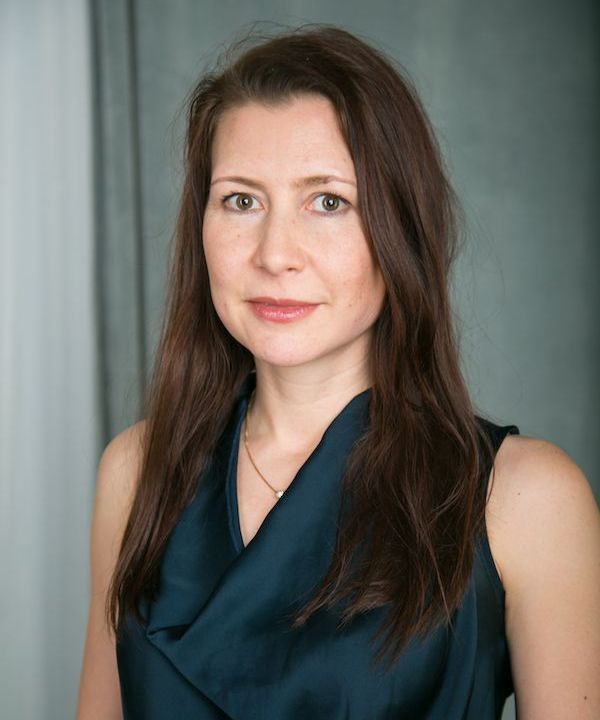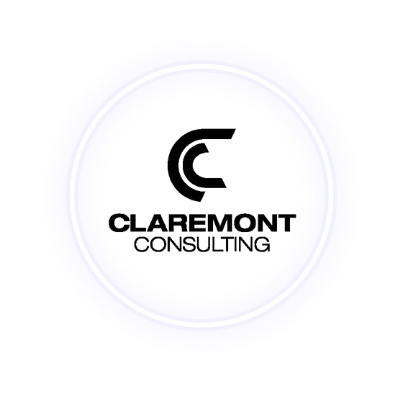Elena Bladh

CTO
Please provide a brief background about yourself:
My education is in Applied mathematics, but I understood quite early that software engineering is something I feel more engaged and inspired by. Thus I started to work as a developer already while in my third academic year. It was an exciting and very educational time and I had the opportunity to combine my engineering role with other areas such as scrum-master, architect, and team lead. However, after 10+ years as an individual contributor, I realised that I can contribute more to the overall outcome as a leader keeping close to the domain while focusing on translating business needs for the team, organising their work, developing a strategy, and driving innovation.
My first official leadership role was as Head of Engineering at a bank. It was a great experience to introduce and drive change toward Agile and DevOps in the banking environment. Later on, I was contributing to IoT platform development as a development manager and Head of Delivery and infrastructure. My latest role is as CTO and it consolidates all my previous leadership experiences from various domains.
How would you describe your day-to-day role?
CTO work is distributed across several areas. There is no exact formula and time allocation percentage across those areas, it varies during the year, according to business necessity, as well as outside factors, that ultimately dictate the priorities. Each of the 5 areas below has activities focusing on short, mid, and long-term outcomes. I try to keep the time budget to the 60-30-10 rule across those three areas.
- Leading the technology strategy and budget for the department. The focus of the CTO is to build a strategy that will deliver scalable, reliable tech that can support future growth and product development for our customers. This includes development services strategy, infrastructure architecture, and delivery process to name a few. It also includes identifying and leveraging new technology and tools to achieve technology and business objectives.
- Managing technology teams: The CTO oversees the work of the technology teams, such as software developers, SRE/DevOps, quality assurance team, and other technical staff, to ensure that they are working efficiently and effectively. Hiring and retention are a big part of this as well.
- Managing technology projects and product development: The CTO is ultimately responsible for the development and delivery of the company's technology. This includes technology choices, resource allocation, planning, such as internal and external cross-functional dependency alignment, as well as budgeting.
- Collaboration with other executives, leadership team as well as stakeholders in the company. All projects that are driven in the organisation do not exist in isolation. Marketing, Customer Service, Product management, and other departments are connected to our strategy and development. Strategy alignment, as well as innovation, is crucial for the organisation's success.
- Staying on top of industry trends is a key area for CTO. The world is developing fast and this is the key for me to keep technology development ahead of the curve.
What led you to choose a career in this field?
I always had a strong positive feeling about technology. The choice was quite natural. The world is developing so fast and technology is what drives this acceleration. The feeling of creating something via code that helps people to optimise their work, enjoy their free time or simply make their lives easier was a strong motivating factor for me.
What convinced you to apply for your current role?
Trying leadership positions in different domains, brought me to the realisation that leadership is a unified language and quite a domain-agnostic skill. Of course, each area requires keeping yourself up to date with the latest developments in technology and to keep learning all the time. Honestly, I cannot say that I prefer infrastructure over development or Q/A over architecture. Each is unique and has its own charms. However, the biggest challenge is to unite and make all engineering domains work together, develop strategy and culture in the organisation so that the outcome is that all departments deliver maximum value in line with the mission of the organisation.
It is really more of an art than a science to understand and continuously develop an engineering organisation so that all members are feeling engaged, acknowledged, encouraged, and supported. When those conditions are fulfilled, everyone can unleash their creativity and their full potential, which in turn leads to delivering the maximum outcome and greater satisfaction from your work. This is why I choose to embark on this challenge. For me, positions and titles play an insignificant role. The most important is to understand what you can do for the teams so that they feel heard, valued, engaged, and continuously improve ways to achieve success.
What’s the most exciting part of your role?
Any change is hard to drive. It can be ignored, misunderstood, or simply be flawed. The most exciting and rewarding part of my role is when someone from my organisation is reaching out and saying: ”This change helped us tons in our work and now we understand why we do what we do. Now we know how we can improve it further.” Or “It would be hard to develop this change, but now we see the value of this and understand what we want to achieve with this initiative”.
What’s the most challenging part of your role?
The most challenging part is always people and communication. You know what you want to say, but everyone comes into the discussion with their own context, prejudices, and assumptions and thus the message tends to land differently with everyone. To put it simply, people have their own perceptions of what was said and why. Everyone has their emotions and feelings. Mitigating those conflicts and misunderstandings in the team, as well as developing a culture of open-minded collaborators is hard work. But it is also the most rewarding, since once the team gets it, they feel more engaged and more proactive. They come up with tons of ideas as to what can be done and improved further.
How is working where you are now different from previous roles you’ve had?
In my current role, the scope of responsibilities and the accountability are at a different level. I have more power and a place at the table in important discussions, but it also comes with a lot of pressure to deliver. Ultimately everything that goes wrong in tech is the CTO's responsibility, but at the same time, I also have the capability and mandate needed to fix it.
What is your greatest accomplishment since starting out?
I think my greatest contribution to my current organisation is evolving the stature of the tech department to another level of respect and collaboration. The whole department gains weight and respect in the organisation thanks to our deliveries, unified culture of ownership and accountability, as well as a strong feeling of the engineering department as one unified team.
What hobbies do you have outside of work?
I have three kids, so I don't have much free time. However, I love to exercise (cross-fit and such). I love to learn new things and try to combine this to some degree with some applicability to my work. For example, in the last three months, I read tons on product management and PLG (product-led growth). Recently I started my own business based on the services our company is providing. It has helped me understand what our customers are experiencing as well as learn a great deal about how e-commerce works outside of the tech domain.
If you could describe your day in three words, what would they be?
Collaboration, Communication, Empowerment
What’s the best piece of advice you would offer to future Women in Tech?
Be courageous! Unfortunately, our society still teaches boys to be brave and girls to be perfect. You have an opportunity to change it and pass it on to others.
If you do not dare to take a step, to try, to learn, you will never know what you are capable of and might ultimately regret that you did not try. Mistakes are unavoidable and they are actually a good thing. They show where you are vulnerable, thus they help you to grow and continuously improve yourself.


